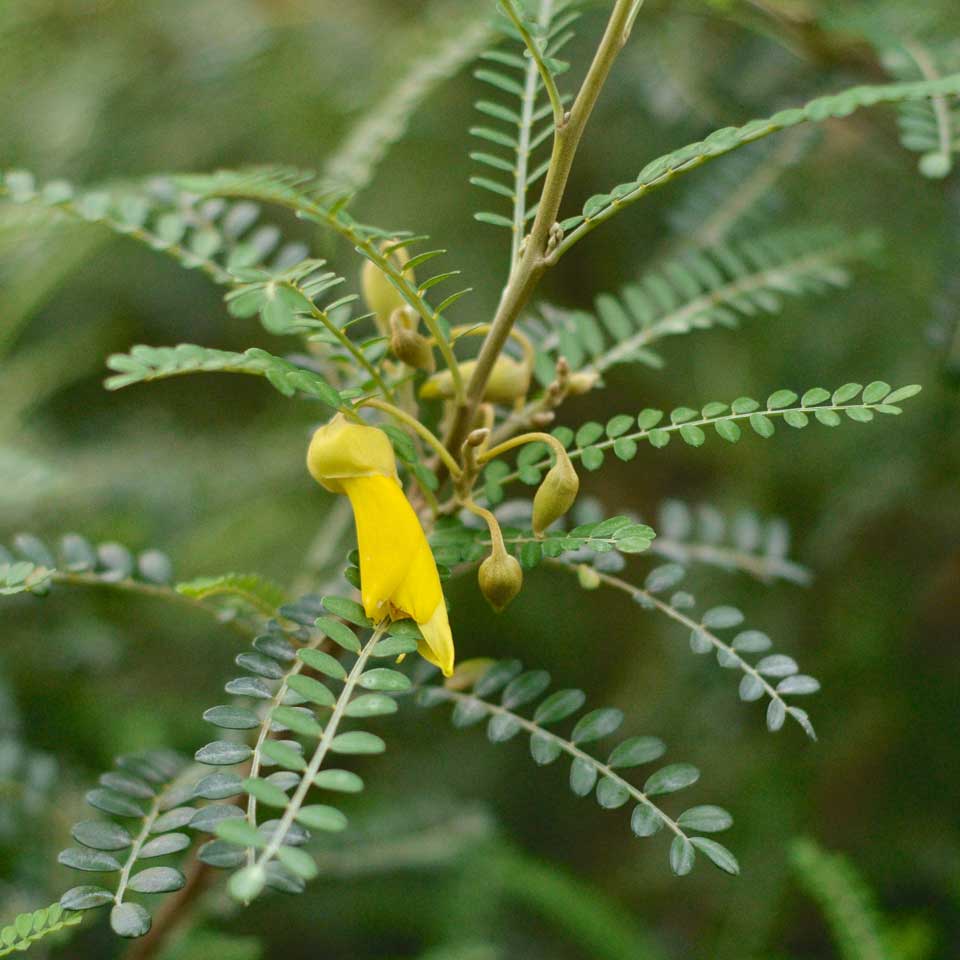Rootstocks Explained.
NOT ALL TREES ARE ROOTED EQUAL
Understanding Rootstocks
When you’re choosing a fruit tree, it’s not just about the variety of apple, pear, or plum. It’s also about what’s happening below the surface.
The rootstock makes a big difference to how your tree performs, especially in New Zealand’s varied growing conditions. Whether you’re planting a small backyard garden or a row of trees on the orchard, it’s worth getting to know what each rootstock offers.
This guide will walk you through the most common rootstocks we use for apples, pears, and plums and help you choose the best option for your place.
FRUIT FOUNDATIONS
What is a rootstock?
When you look at a fruit tree, it’s easy to assume it’s just one plant but in most cases, it’s actually two trees grafted together.
The top part of the tree, also called ‘the scion‘, is the fruiting variety you’ve chosen, like Apple ‘Granny Smith‘, Apricot ‘Moorpark‘ or Peach ‘Honeybabe‘. This is the part that produces the fruit you know and love.
The lower part, called the rootstock, is a separate tree chosen for its strong roots and ability to control the size, health, and performance of the tree overall. It forms the roots and lower trunk.
Rootstocks are specifically selected to influence how the tree grows. They control the overall size of the tree, how early it starts to fruit, and how well it handles different soil types, pests, and climate conditions.
While the fruit itself comes from the scion, the rootstock quietly does all the hard work underground; determining whether your tree thrives, struggles, or overgrows your space.
HOW TO CHOOSE THE RIGHT ROOTSTOCK
Rootstock Selection
Choosing the right rootstock is one of the most important decisions when planting a new fruit tree.
Getting the right rootstock will ensure your tree will be healthier, easier to manage, and more productive over its lifetime. Before you choose a tree, think about:
Space
Are you planting a single tree in the backyard, or filling a larger block? Dwarfing rootstocks are great for small gardens and tighter planting, while more vigorous types suit open areas with room to grow.
Tree Size
Do you want a compact tree that’s easy to prune and pick, or something bigger with a broad canopy? Your rootstock choice directly affects how tall and wide the tree will grow.
Soil and Climate
Some rootstocks handle wet, heavy soils better than others. Others are more tolerant of drought, wind, or poor drainage. Picking the right one can reduce stress on your tree and improve long-term health.
Training or shaping
Thinking about growing an espalier, cordon, or step-over? Smaller rootstocks are ideal for trained forms and tight spaces, offering more control over the final shape.
A CLOSER LOOK AT THE MOST COMMON APPLE ROOTSTOCKS WE USE
Apple Rootstocks
M26
A dwarfing rootstock that produces a tree around 2.5 to 3 metres tall. Ideal for smaller gardens, espalier training, or tighter spaces. Requires staking and benefits from regular pruning to maintain shape and productivity.
MM106
A semi-dwarf rootstock growing to about 3 to 4 metres. A reliable, easy-to-manage option that fruits early and suits most home orchards. A great all-rounder for NZ conditions.
M116
A newer semi-dwarf rootstock growing to around 3 to 3.5 metres. Offers improved resistance to woolly apple aphid and better tolerance of wetter soils than MM106. A good option for marginal sites or growers wanting added resilience.
M793
A vigorous, full-size rootstock producing trees around 4 to 5 metres tall. Best suited to open areas, exposed sites, or poorer soils where strength and resilience are needed.
ROOTSTOCKS FOR EVERY PEAR TREE
Pear Rootstocks
Quince C
A dwarf rootstock that keeps trees nice and compact; usually around 2.5 to 3 metres tall. Perfect for compact spaces or formal training styles like espaliers. Will need staking and consistent care in early years.
Quince A
A medium-vigour option reaching 3 to 4 metres. Offers a good balance between tree size and fruit yield—ideal for most backyard growers.
Quince BA29
Grows a slightly larger tree (around 3.5 m), offering higher disease resistance and virus tolerance. Often used where Quince C may be too small or incompatible varieties are grafted via interstem
Pyrus Seedling
A strong, vigorous rootstock that can grow to 5 or 6 metres tall. Long-lived and hardy, it’s well suited to rural blocks, paddocks, or more challenging growing conditions.
IDEAL ROOTSTOCKS FOR PLUMS, PEACHES AND OTHER STONEFRUITS
Plum & Stonefruit Rootstocks
Golden Queen
Standard NZ rootstock for peaches (also compatible with plums). Prefers free-draining soils, drought tolerant, self-supporting trees.
Colt
Vigorous, full-size rootstock (5–6 m), excellent for exposed or replant-prone sites; resistant to crown gall and cherry replant disease.
Rootstock FAQs
No. The flavour comes from the grafted variety, not the rootstock.
Dwarfing rootstocks like M26 or Quince C have smaller root systems, so young trees can be a little top-heavy. A stake helps support them until their roots are well established.
Not easily. In smaller spaces, a dwarf or semi-dwarf rootstock is a much better fit. You’ll still get great fruit, just in a more compact, manageable tree.
It depends on where you are. For most home gardeners, MM106 (apple), Quince A (pear), and Colt (stonefruit) are reliable all-rounders. If your site is windy, dry, or has heavy soil, a more vigorous rootstock like M793 or Pyrus seedling might perform better.
Yes, but keep their growth habits in mind. Mixing dwarf and vigorous trees in one row can lead to uneven growth. Grouping similar sizes together makes maintenance and pruning much easier.
